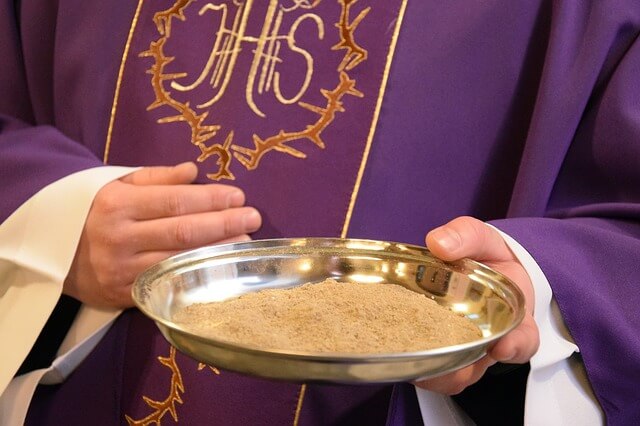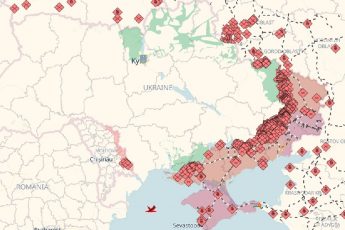Pancake races before Lent that is how Catholics spend Shrove Tuesday and Ash Wednesday. As you might know, Ash Wednesday is a start of Lent in the Latin rite of the Catholic and some Protestant churches.
Residents of different countries have their own customs celebrating Shrove Tuesday. But everywhere this day becomes a rich treat, including donuts, rolls, pancakes with terrific festivals and carnivals.
In the UK, for example, there are so-called pancake races. It happens like this: at 11 o’clock in the morning, when church bells ring, women, each with a hot frying pan with pancakes, run 400 meters.
On the run, they must turn the pancake at least twice, tossing it in the pan
The one that manages to turn the pancake the most number of times wins. As a fact this tradition began in 1445 in the town of Olney. One of the hostesses there was so carried away with cooking pancakes that she lost track of time. When she heard the sound of church bells announcing the beginning of the service, she rushed to the church directly with a frying pan, turning another pancake on the go so that it would not burn.
In Norway, three days before fasting, starting on Fat Sunday, are real holidays. You can find almost everything on the Norwegian menu these days: meat, lard, dairy products, and pastry. And in order to always have such abundance on the tables, there was a custom. That was: men and women had to bite off one sandwich. The more pieces they took, the richer the harvest this year would be.
And in Denmark, the kids gather a peculiar crop right on Shrove Tuesday. In fancy dress with birch branches in their hands, they walk along the streets with songs. They also receive sweet gifts from passers-by.
But no matter how merrily the holiday’s celebration is, it all ends before midnight
It happens as a rule with the ringing of the bells of the main church of the city, which heralds the beginning of Lent.
Great Lent is the time of preparation for the celebration of Easter. In the first centuries of Christianity lasted only a few days, but gradually this period enlarged. For example, in the 4th century in Rome, fasting lasted three weeks, and in Alexandria, 40 days. It was the forty-day preparation for the bright holiday that was spread.
Initially, in the Roman liturgy, Lent began on the sixth Sunday before Easter. But from the VIII century it got its beginning on Wednesday. Even in ancient times, there was a custom to publicly repent of sins committed, sprinkling ashes on the head. Since the X century, priests have applied the rite of scattering to all those present in the service on the first day of fasting. Now it is a sign that every person is sinful to some degree. This day got a name of Ash Wednesday.
After reading the Gospel and preaching at the Catholic Masses of Ash Wednesday, the priest in the purple robe consecrates the ashes. He obtains them by burning palm branches left from last year’s holiday of the Entrance of the Lord into Jerusalem. After that he sprinkles a small amount of the heads of believers (or puts a cross on their forehead). The priest also says to each parishioner: “Repent and believe in the gospel.”
This symbolic action has an intention to remind not only that a person’s stay on earth temporarily and sooner or later will turn to dust.
Having repented, one can hope for the remission of sins and the coming resurrection
During the fasting, which will continue until the Catholic Easter – April 21, 2019, believers from 14 years old to 59 years old should refrain from eating meat.
On Ash Wednesday and Good Friday, the church prescribes strict fasting, when people cat eat even lean food only once a day. During Lent, believers should abandon all kinds of entertainment events. There are onle exceptions as birthdays and name days. They also must attend church services, read the Holy Scriptures, As well as they do not forget about prayers, repentance, and Christian charity.







